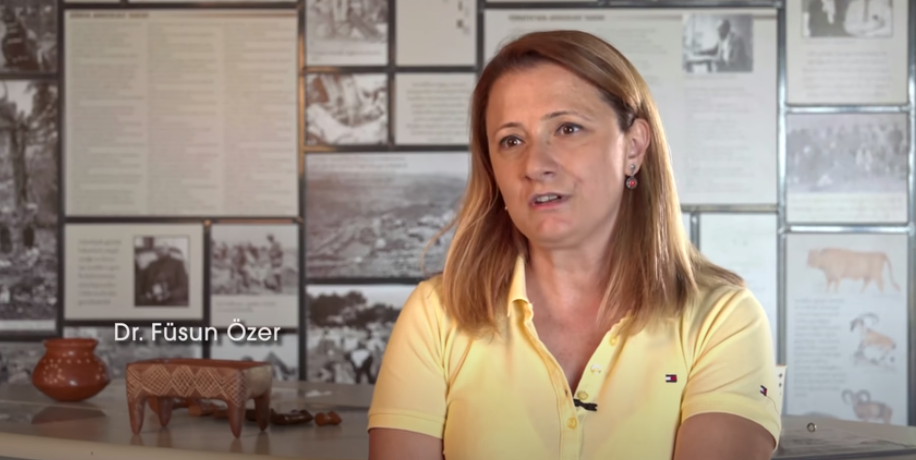Below you may find the abstract of our latest paper was published in Communications Biology:
Sheep was among the first domesticated animals, but its demographic history is little understood. Here we present combined analyses of mitochondrial and nuclear polymorphism data from ancient central and west Anatolian sheep dating to the Late Glacial and early Holocene. We observe loss of mitochondrial haplotype diversity around 7500 BCE during the early Neolithic, consistent with a domestication-related bottleneck. Post-7000 BCE, mitochondrial haplogroup diversity increases, compatible with admixture from other domestication centres and/or from wild populations. Analysing archaeogenomic data, we further find that Anatolian Neolithic sheep (ANS) are genetically closest to present-day European breeds, and especially those from central and north Europe. Our results indicate that Asian contribution to south European breeds in the post-Neolithic era, possibly during the Bronze Age, may explain this pattern.



